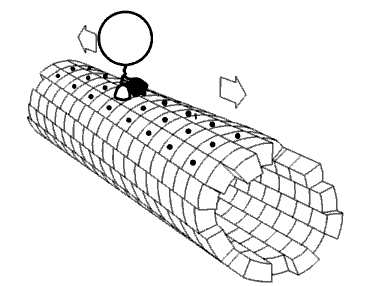
Photo from academic.microsoft.com
How is it that cells and organisms have the flexibility to adapt to external perturbation when their constituent biomolecules appear to possess finely-tuned characteristics? While such adaptability is known to… Click to show full abstract
How is it that cells and organisms have the flexibility to adapt to external perturbation when their constituent biomolecules appear to possess finely-tuned characteristics? While such adaptability is known to emerge in molecular networks, we show how these seemingly conflicting properties can already be reconciled at the level of single molecules through the multi-pathway nature of their conformational transitions. We establish model-free, experimentally observable signatures that unambiguously identify multi-pathway conformational dynamics and distinguish them from other mechanisms. The unified analytical description reveals that the interplay between thermal activation and external perturbation generates a remarkable degree of adaptability even in minimal multi-pathway systems.
Journal Title: Biophysical Journal
Year Published: 2017
Link to full text (if available)
Share on Social Media: Sign Up to like & get
recommendations!